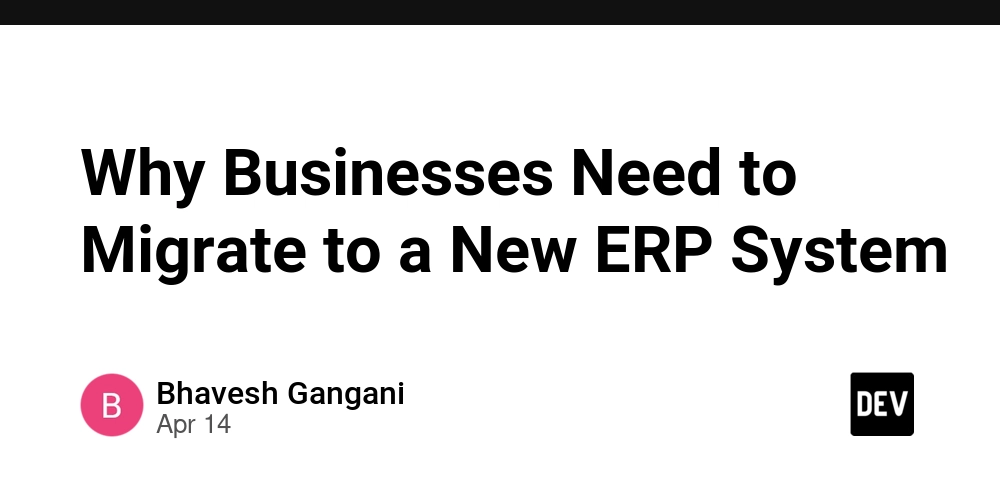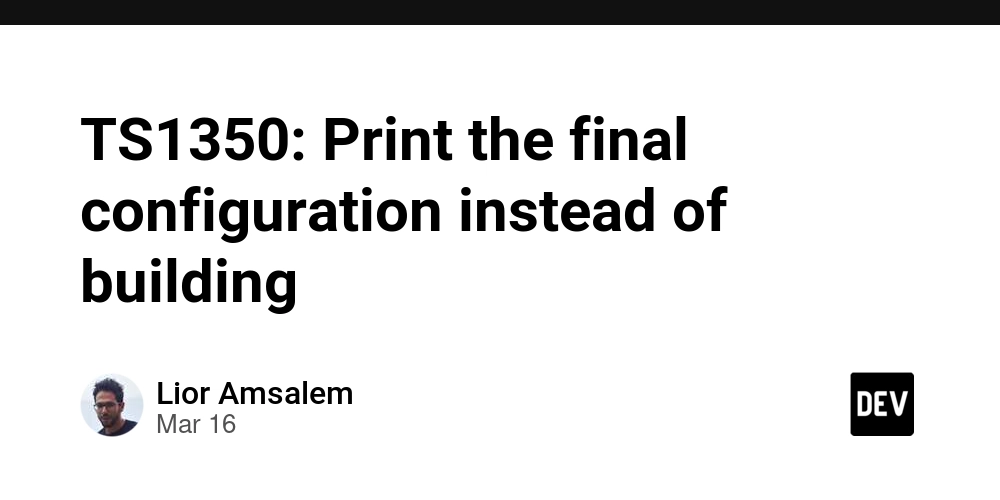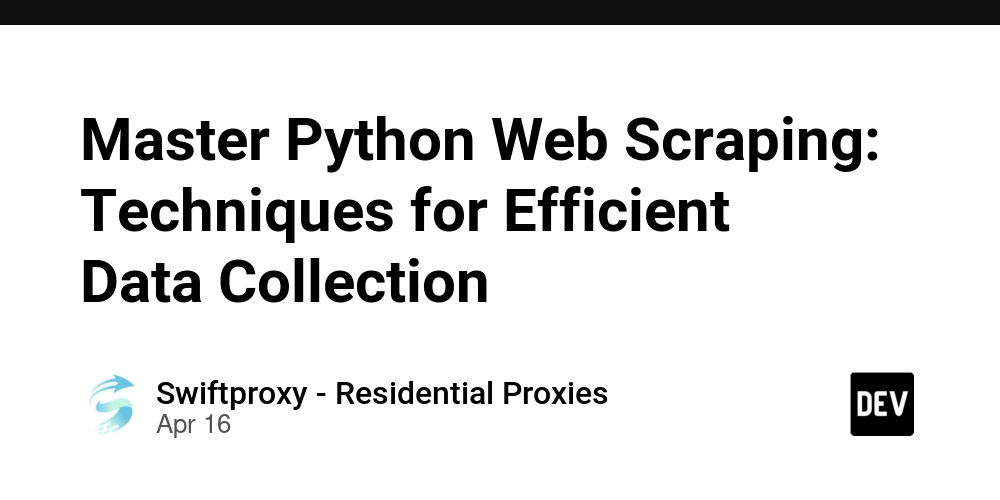Difference between DBMS and RDBMS
Understanding the difference between DBMS and RDBMS is crucial for anyone diving into the world of data management, software development, or database design. A Database Management System (DBMS) is a software that enables users to store, retrieve, and manage data efficiently. It supports data handling in a structured or semi-structured format, commonly used in smaller applications where data relationships aren’t complex. On the other hand, a Relational Database Management System (RDBMS) is a more advanced form of DBMS that organizes data into tables with predefined relationships. It uses SQL (Structured Query Language) for querying and maintaining relational databases. RDBMS follows ACID properties (Atomicity, Consistency, Isolation, Durability) to ensure data integrity and supports normalization to reduce redundancy. Key differences include: DBMS stores data as files, while RDBMS stores data in tabular form. DBMS is suitable for single-user applications, whereas RDBMS supports multi-user environments. RDBMS enforces relationships through primary keys and foreign keys, which DBMS does not. In today’s data-driven landscape, understanding these systems is essential for cloud database management, data security, and enterprise software solutions. Tools like MySQL, PostgreSQL, Oracle, and Microsoft SQL Server are popular RDBMS examples widely used in web development, data analytics, and ERP systems.
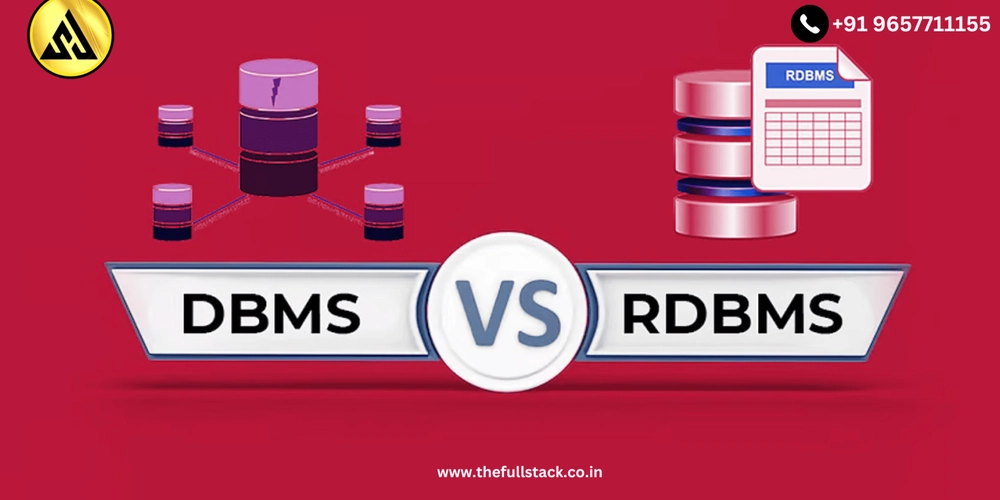
Understanding the difference between DBMS and RDBMS is crucial for anyone diving into the world of data management, software development, or database design. A Database Management System (DBMS) is a software that enables users to store, retrieve, and manage data efficiently. It supports data handling in a structured or semi-structured format, commonly used in smaller applications where data relationships aren’t complex.
On the other hand, a Relational Database Management System (RDBMS) is a more advanced form of DBMS that organizes data into tables with predefined relationships. It uses SQL (Structured Query Language) for querying and maintaining relational databases. RDBMS follows ACID properties (Atomicity, Consistency, Isolation, Durability) to ensure data integrity and supports normalization to reduce redundancy.
Key differences include:
DBMS stores data as files, while RDBMS stores data in tabular form.
DBMS is suitable for single-user applications, whereas RDBMS supports multi-user environments.
RDBMS enforces relationships through primary keys and foreign keys, which DBMS does not.
In today’s data-driven landscape, understanding these systems is essential for cloud database management, data security, and enterprise software solutions. Tools like MySQL, PostgreSQL, Oracle, and Microsoft SQL Server are popular RDBMS examples widely used in web development, data analytics, and ERP systems.


.jpg)

























![[Webinar] AI Is Already Inside Your SaaS Stack — Learn How to Prevent the Next Silent Breach](https://blogger.googleusercontent.com/img/b/R29vZ2xl/AVvXsEiOWn65wd33dg2uO99NrtKbpYLfcepwOLidQDMls0HXKlA91k6HURluRA4WXgJRAZldEe1VReMQZyyYt1PgnoAn5JPpILsWlXIzmrBSs_TBoyPwO7hZrWouBg2-O3mdeoeSGY-l9_bsZB7vbpKjTSvG93zNytjxgTaMPqo9iq9Z5pGa05CJOs9uXpwHFT4/s1600/ai-cyber.jpg?#)












































































































































![[The AI Show Episode 144]: ChatGPT’s New Memory, Shopify CEO’s Leaked “AI First” Memo, Google Cloud Next Releases, o3 and o4-mini Coming Soon & Llama 4’s Rocky Launch](https://www.marketingaiinstitute.com/hubfs/ep%20144%20cover.png)

















































































































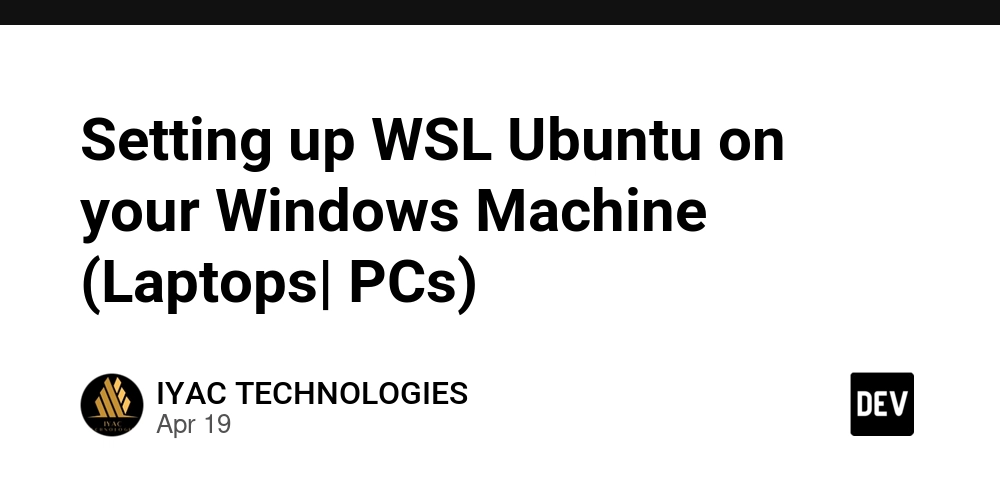











![[FREE EBOOKS] Machine Learning Hero, AI-Assisted Programming for Web and Machine Learning & Four More Best Selling Titles](https://www.javacodegeeks.com/wp-content/uploads/2012/12/jcg-logo.jpg)








































































![Rogue Company Elite tier list of best characters [April 2025]](https://media.pocketgamer.com/artwork/na-33136-1657102075/rogue-company-ios-android-tier-cover.jpg?#)








































































_Andreas_Prott_Alamy.jpg?width=1280&auto=webp&quality=80&disable=upscale#)






























































































![What’s new in Android’s April 2025 Google System Updates [U: 4/18]](https://i0.wp.com/9to5google.com/wp-content/uploads/sites/4/2025/01/google-play-services-3.jpg?resize=1200%2C628&quality=82&strip=all&ssl=1)










![Apple Watch Series 10 Back On Sale for $299! [Lowest Price Ever]](https://www.iclarified.com/images/news/96657/96657/96657-640.jpg)
![EU Postpones Apple App Store Fines Amid Tariff Negotiations [Report]](https://www.iclarified.com/images/news/97068/97068/97068-640.jpg)
![Apple Slips to Fifth in China's Smartphone Market with 9% Decline [Report]](https://www.iclarified.com/images/news/97065/97065/97065-640.jpg)






























































































































